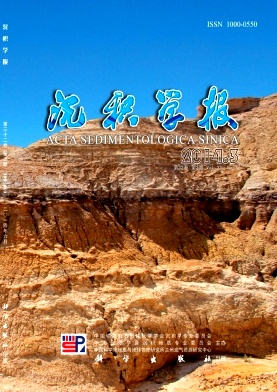Analysis of Fluvial Facies Compound Sandbody Architecture of the Neogene Minghuazhen Formation of S Oilfield in the Bohai Bay
- Received Date: 2013-07-14
- Rev Recd Date: 2013-09-17
- Publish Date: 2014-06-10
-
Key words:
- fluvial facies /
- compound sandbody /
- architecture /
- /
- Minghuazhen Formation
Abstract: Fluvial sandbody is one kind of the most important hydrocarbon reservoir in China. With the exploration of fluvial facies getting a major breakthrough at shallow squenence in Bohai bay in 1990s, fluvial facies reservoir research becomes the current hot spot. According to the analysis for outcrops, modern sedimentation, cores and well-logging, guided by the theory and technology of high-resolution sequence stratigraphy, sedimentology, reservoir geology and seismic sedimentology, stacking pattern of sandybody of the Minghuazhen Formation of S oilfield had been developed. Also, the distribution characteristics of sandbody in sequence stratigraphic framework has been illustrated, and fluvial facies sedimentary models has been set up. It is considered that there are 4 3rd and 13 4th and 38 5th sequences and the sequence stratigraphy is built up. It is identified 3 classes and 7 types of Minghuazhen Formation in Bohai Bay Basin South-middle part of fluvial facies sandstone, in which 3 classes comprise amalgamated channel complex(ACM), stack channel(SC) and isolated sandbody(IS), and 7 types of stack channel(SC) is further divided into intimated contact(IC) and evacuated contact(EC) and discreted contact(DC), and isolated sandbody(IS) includes incised channel(IIC), crevasse-splay(CS) and isolated channel(ICH), and amalgamated channel complex(ACM). It makes a strong basis, which is fluvial sand architecture to the guidance of fluvial facies high resolution sequence subdivision and correlation.
| Citation: | Analysis of Fluvial Facies Compound Sandbody Architecture of the Neogene Minghuazhen Formation of S Oilfield in the Bohai Bay[J]. Acta Sedimentologica Sinica, 2014, 32(3): 586-592. |






 DownLoad:
DownLoad: